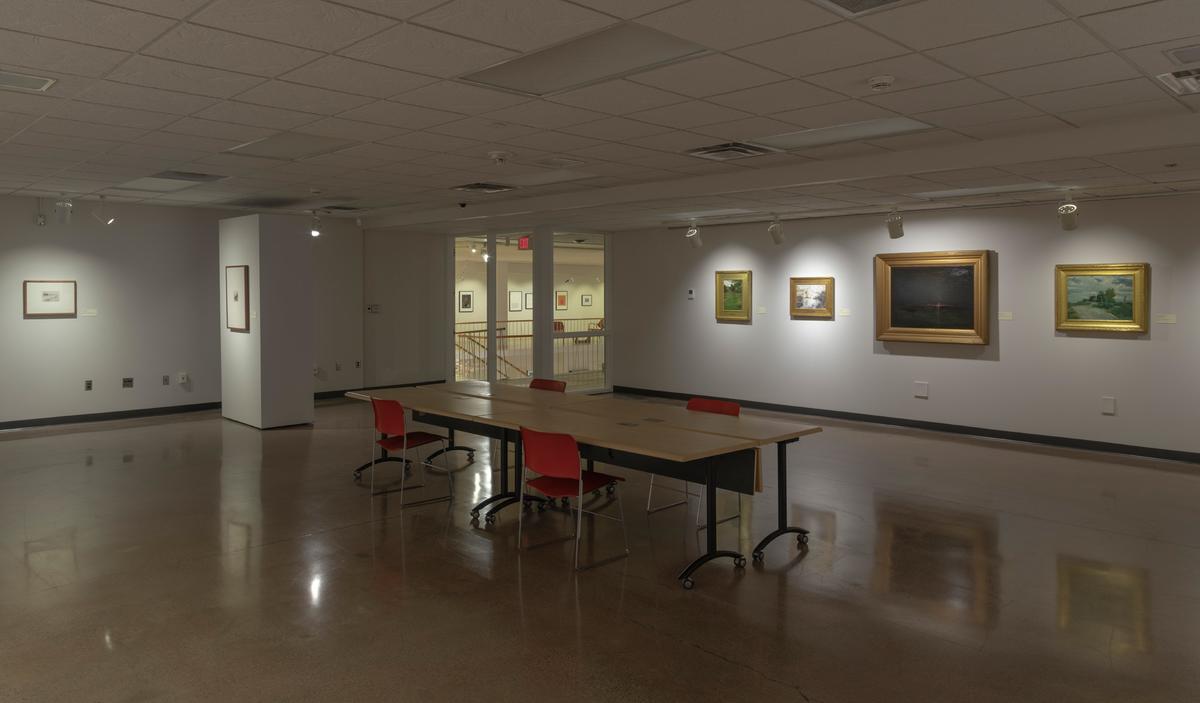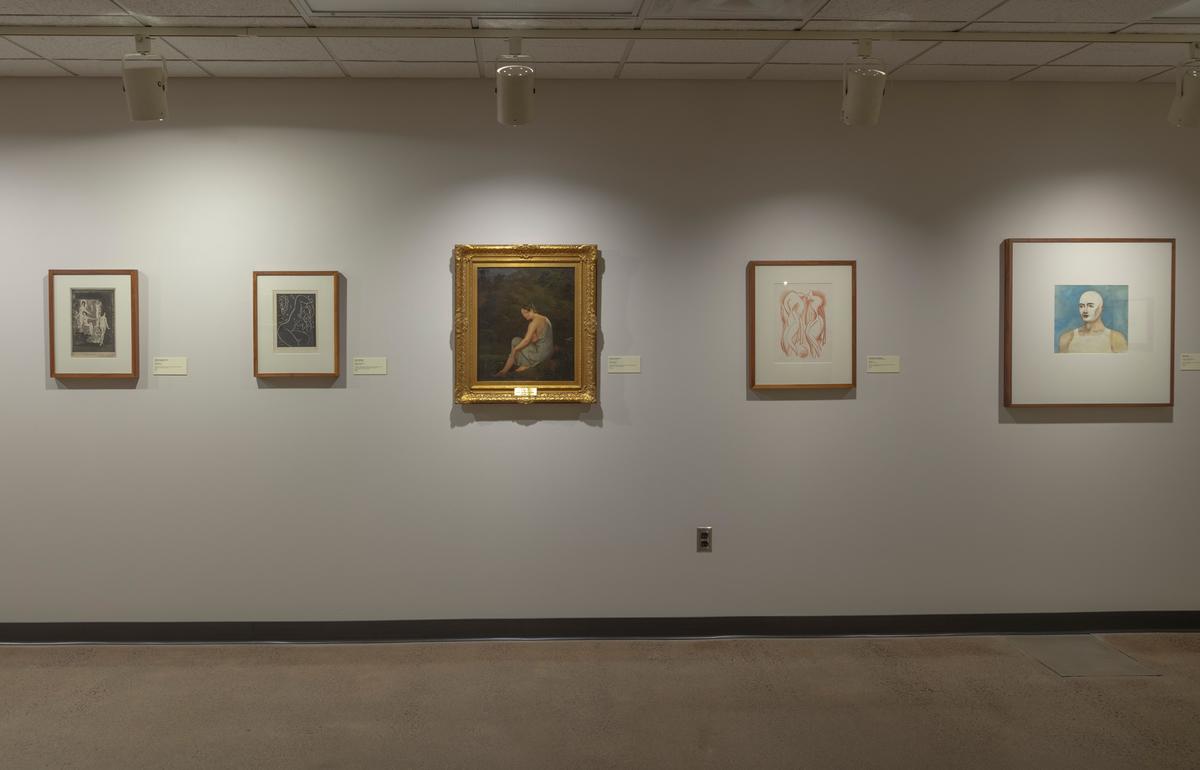John Henry Twachtman (American, 1853-1902), World's Fair, ca. 1893. Oil on canvas. Collection Tweed Museum of Art, University of Minnesota Duluth. Gift of Mrs. E. L. (Alice Tweed) Tuohy D56.x23.


Walking a Cubic Mile: Artists from the Armory Show of 1913
The 1913 Armory Show, held in New York City from February 17 to June 16, is considered to be the official introduction of modern art to the United States. Organized by an independent society of artists known as the Association of American Painters and Sculptors, the exhibition brought together approximately 1300 artworks by 300 artists from across western Europe, as well as the United States. Although American artists had for years been engaging with the lessons of Modernism largely explored by artists living in Europe, the Armory Show was the first time that this kind of art would appear to the wider public. In fact, the Association of American Painters and Sculptors made efforts to entice the average person to their exhibition, most pointedly in the ways they framed their show within the iconography of the pine tree, a symbol associated with the American Revolution. The gesture aimed to convince the public of the artist’s conviction that modern art actually embodied the independent spirit of the United States, and should thus be celebrated, supported, and encouraged.
Importantly, although the Armory Show is most often described in terms of the influential role it played in introducing Americans to European artists, such as the then Cubist Marcel Duchamp or the Fauve Paul Cezanne, the exhibition organizers actually aimed to use the show as a means to place American artists on equal footing with those from other countries.
In spite of organizer efforts to make modern art more relatable to the average person and to advertise the exhibition as an opportunity for the United States to claim a place in global culture, the Armory Show actually was widely panned, becoming a media sensation. Comics, in particular, offer convincing evidence of the way that the Armory Show’s critics used the exhibition to amplify their xenophobia and anti-semitism, which further fueled opposition to immigration. The backlash against the art ultimately further entrenched the divide between America’s modern artists and the average citizen, who came to associate the attributes of cosmopolitanism they feared not only with European, but also American, moderns.
This exhibition of work from the Tweed’s collection highlights a few of the artists put on display in the 1913 Armory Show. The exhibition is a pedagogical tool for students in “Being and Becoming Modern,” an upper-division Art History seminar. The course will culminate in student research on these works of art.
– Dr. Sara Blaylock, Assistant Professor of Art History